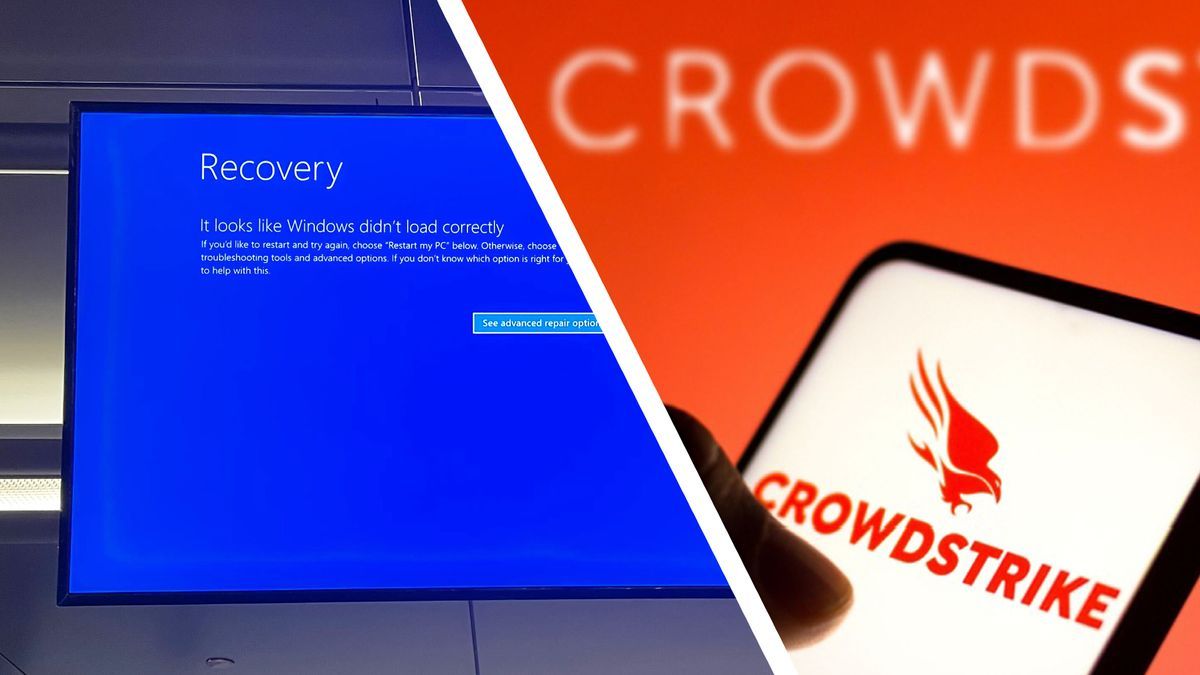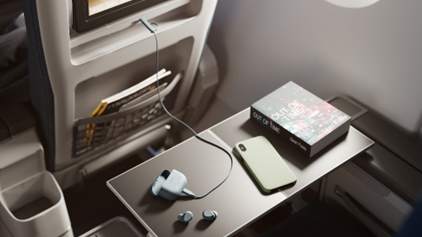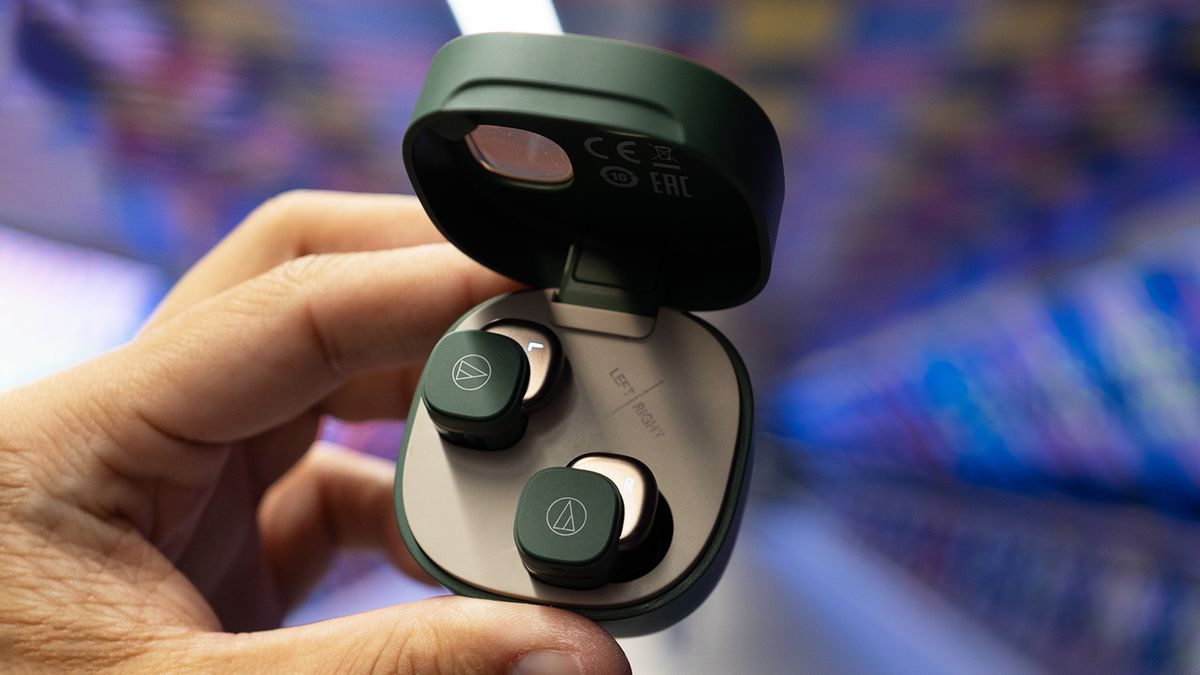While some computers are starting to come back online after yesterday's massive Windows outage affected numerous critical systems around the world, there's still a lot of work to be done and it could be weeks before everything is back to normal, experts say.
The flaw was caused by a faulty update to the cloud-based Falcon software, which was implemented by a cybersecurity firm called CrowdStrike. Falcon is critical to protecting numerous computing platforms, and most notably the Windows operating system. When the flaw reached Windows computers, it caused Blue Screens of Death (BSDs) around the world.
As CrowdStrike continues to work with customers and partners to resolve this incident, our team has prepared a technical summary of today's events. We will continue to update our findings as the investigation progresses. https://t.co/xIDlV7yKVhJuly 20, 2024
IT departments, as well as CrowdStrike and Microsoft engineers, are working hard to get everything up and running again. The good news is that the problem has been identified and a fix is being implemented – there is no indication that a hack has taken place, so your Windows systems are protected. They may not turn on.
“The fix will need to be rolled out to many computers around the world,” Adam Leon Smith of the British Computer Society (BCS), the IT charterhouse, told Sky News. “So if computers are showing blue screens and endless loops, it could be more difficult and take days or weeks.”
Other experts see the massive disruption as a warning that changes are needed. “It’s a very, very uncomfortable illustration of the fragility of the world’s basic internet infrastructure,” Ciaran Martin, former executive director of Britain’s National Cyber Security Centre and a professor at Oxford University’s Blavatnik School of Government, told the New York Times.
What is still affected?
The fallout from the CrowdStrike virus is being felt around the world. While critical systems affecting transportation, healthcare, e-commerce and other infrastructure are now largely up and running againYesterday's delay still needs to be resolved. You may notice more problems as the rest of the week progresses.
If you're flying today or tomorrow, airports are recommending customers check with their airline for the latest information (your flight may have been changed) and the same applies to other booked transportation routes, as tens of thousands of passengers still haven't gotten to where they wanted to be. You may find that the concert you missed due to service disruption is still on. It has also been rescheduled.
The police department's 911 call center systems have been restored after a widespread outage that began last night.July 19, 2024
The NHS in England is tell the patients Keep your scheduled appointments unless otherwise instructed. In the U.S., several 911 networks were affected by the computer issues, though they are now mostly back online. While the situation is certainly improving, we still have a long way to go to get back to normal.
In the meantime, authorities are warning users to be on the lookout for scams related to CrowdStrike's service outage. Be wary of any emails purporting to come from CrowdStrike, Microsoft, or any other IT support source you're not familiar with. Keep an eye on official sources of information, such as CrowdStrike's social media channels, and trusted publishers (such as TechRadar).
How do I fix the CrowdStrike error?
If you've found that your Windows PC is affected by the CrowdStrike bug, chances are it's unable to boot. As The Verge reports, some users are finding that repeated reboots eventually resolve the problem — Windows eventually gets the updated files that allow the computer to boot (connecting your PC directly to your router may help).
Windows should load the Windows Recovery Environment if your computer won't boot and from there you have the option to roll back the most recent update to your machine – Microsoft has instructions for this here. If you don't see the Windows Recovery Environment, try pressing F11 as the system boots.
Another option is to enter Safe Mode: from the Windows Recovery Environment interface, choose Troubleshoot > Advanced options > Advanced startup options > Startup settings > Restart. Choose 4 to enter Windows Safe Mode.
Safe mode runs Windows in a stripped-down state, so don’t be surprised if your PC runs much slower than usual. In File Explorer, head to C:WindowsSystem32driversCrowdStrike and delete all files that match “C-00000291*.sys.” Restart your computer as usual, from the Start menu, and you should be up and running again.
You may also like









